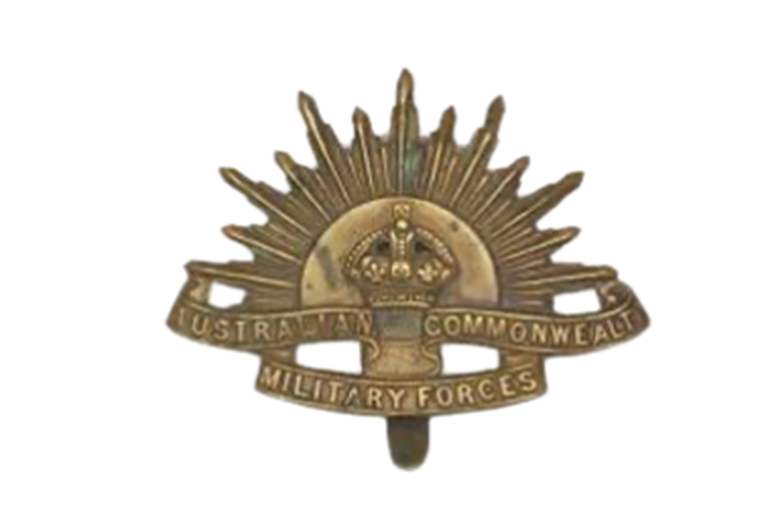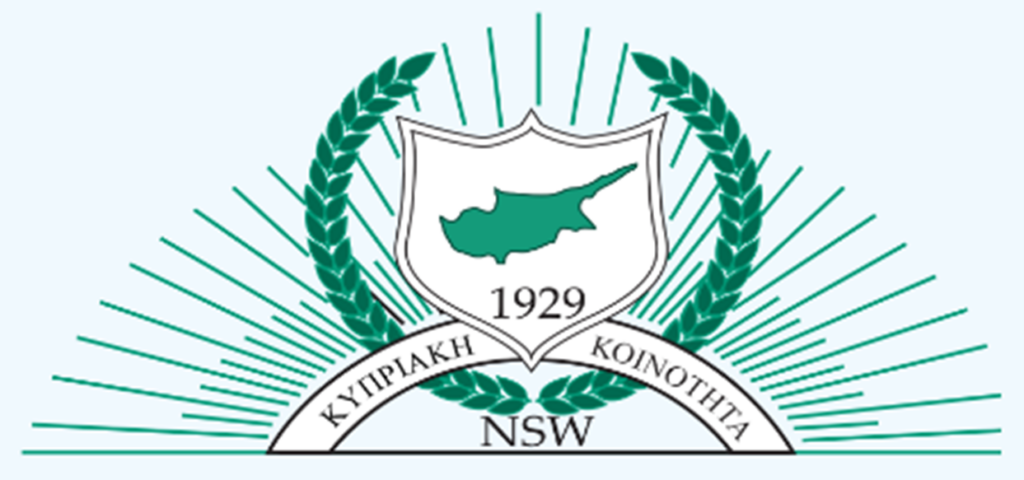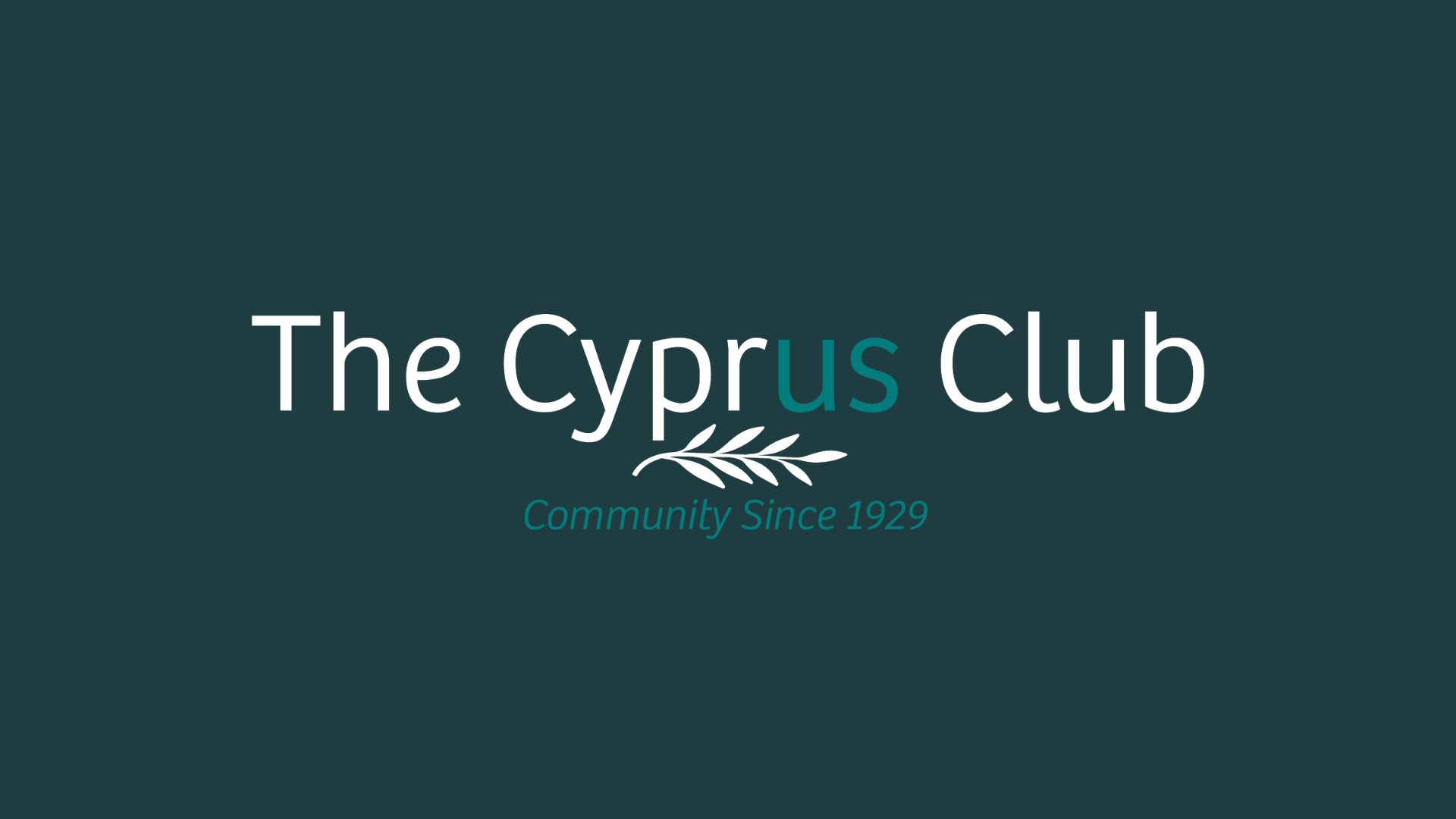The Cyprus Community Club of New South Wales in Stanmore, Sydney is about to launch new logo and branding, the first for well over half a century.
Speaking exclusively to The Greek Herald, the Club’s President Michael Kyriacou said that the current logo and branding was inspired by the first large influx of settlers arriving in Sydney after World War One, as Britain annexed the island to itself.
“At that time, we were a Brotherhood, “Adelphotita,” it was a masculine name for a male only kefene, the Greek flag with the map of Cyprus was what could loosely be called “branding”,” he said.
“We were just another Greek island kefene, competing with the Kastellorizians and Kytherians, all founded in the 1920s. What made us unique was settlers coming from a very large predominantly Greek island, with strong ties to Hellenism, but like most Greek islands, parochial in many ways, very “Cypriot”.”
Mr Kyriacou said that the war experience, especially those who served in World War One, left a mark on the Club.

“We know Cypriots joined the Australian Imperial Force (AIF). Cypriots from Cyprus serving in Greece, Africa and Middle East came in contact and befriended AIF soldiers. It was the first introduction to Australia, and many Cypriots were hooked on the idea of coming to Australia,” he said.
“Some Club elder members have referred to the sun ray as inspired by the AIF badges 1914-1918, which also includes a sun ray. A sun ray is usually associated with optimism, energy, power, progress, and looking forward. It is a natural force outside human control, but like the rainbow in the Wizard of Oz, there is hope at the end of the rainbow. There is hope for Cyprus as the sun rays shine on the island.”
The newly declared Republic of Cyprus inspired the current logo. It is a synergy of Australia and Cyprus, focusing on the olive branch.

In 2024, the Club decided it’s time to review everything from Club finances, asset management, operations, activities and branding.
Terry Bieri, the Club Treasurer, said, “We have engaged in a review of the Club over the last few months, especially with the two younger members joining the board who bring decades of experience in logo branding, marketing operations and on being relevant and pro-active.”
Mr Bieri said that it was time for renewal, and branding is part of the drive to “refresh” the Club in so many ways.
Kyriakos Panayi, the Club’s Secretary with more than two decades experience in branding, said, “we respect the works of our pioneers and understand the legacy and recognition the elders have with the logo. The launch of the new banding and logo says ‘we are vibrant, we are relevant, we are today,’ with a nod to our past and our pioneers.”
The new logo symbolises the native olive branches.
Mr Panayi said “the olive is an ancient symbol found on many Cypriot reliefs, vases, statues and icons. Prior to the advent of halloumi, it was the symbol of Cyprus. Homer called the olive ‘liquid gold,’ Hippocrates called it ‘the great healer,’ the Old Testament peace, and for Cyprus it was ‘Cyprus’.”
“The new logo highlights ‘US’ in CYPRUS. The Club is about all of ‘US’, together as a community. It’s accessible, modern and quickly recognisable,” Mr Panayi added.
“The olive branch is a neutral symbol, universal, an icon of harmony and togetherness. It’s the idea of community, it’s who we are! The olive branch is very Greek, symbolises Hellenism, it is worn by brides, awarded to Olympic victors, a gift from the gods. It’s who we are. Cyprus is known in Australia. We are now going into the next stage of our evolution,” Mr Panayi noted.
“It’s a time for change! Together we are a relevant, dynamic and forward-thinking community.”
Mr Kyriacou said “that the launch of the new branding was central to the ongoing renewal process which included recruiting young adults and new faces with experience in the corporate world, academia, commerce and public service. Experience, know how, commitment to community – that’s what the Club has been seeking out in the past few months to put the organisation on the renewal track.”
“Every community is going through a generational change. Perhaps we as a Club are coming to it a little late, but we are determined to renew the organisation in many ways to ensure its survival for our next 100 years,” he added.
Mr Kyriacou said that “the legacy brand will still have a place to remind us of the sun rays meaning, of where we all came from.”
